how a septic tank works ireland
About Septic Tanks in Ireland A septic tank system is made up of three components the septic tank itself the percolation area and the sub soil the effluent ultimately discharges into. How A Septic Tank Works.

Float Switches For Sewage Pumps And Septic Tanks Smd Fluid Controls
In a septic tank sewage enters the septic tank into a settlement chamber allowing solid waste sludge to sink and liquid to rise to the surface.
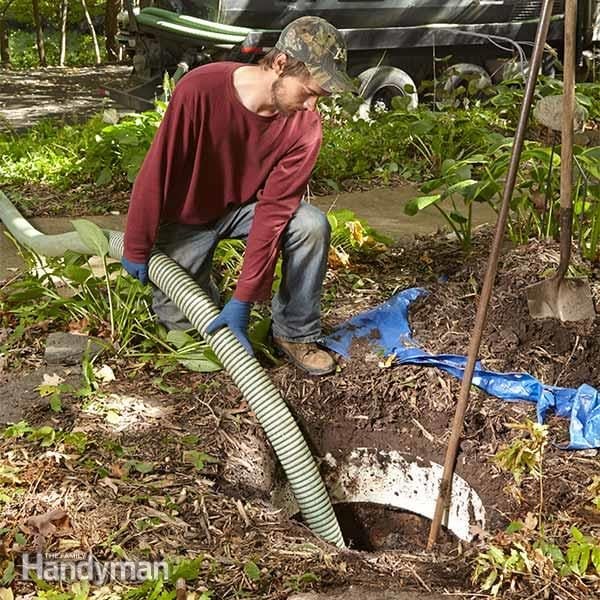
. The T-pieces shown in the drawing are essential for a properly working tank. Sewage solids are retained in the septic tank where beneficial bacteria digests the sewage. A septic tank normally consists of two chambers.
In the first instance wastewater enters the septic tank through the pipelines leading from your property. The solids will settle to the bottom of the tank and what comes out of the tank should. Between the bottom solids layer and scum top layer is a fairly clear.
This is usually achieved with a number of chambers within the tank and the use of T pipes or baffles. Septic tanks are used for the collection and settlement of domestic sewage for domestic dwellings without access to mains drainage. Depending on the type of domestic treatment plant additional chambers are used for the treatment to occur.
Four times a year. The first chamber holds the solid waste and the second chamber holds the partially treated effluent. This is done by gravity and the differing densities in the waste.
Compartments and a T-shaped outlet prevent the sludge and scum from leaving the tank and traveling into the. In order to work effectively the sewage and waste water should stay in the tank long enough for the bacteria to do their work. How a septic tank works.
The waste gathers in the septic tank when its there it separates from liquids and solids over a period of 24 hours. This video was developed by Judith Torzillo for Healthabitat to help explain the process of how a septic tanks works what the by products are good for and. Part of the septic tank regulations in Ireland includes the registration and inspection of septic tanks or domestic wastewater treatment systems.
Your septic tank will treat domestic sewage and waste water by allowing bacteria to naturally break down potentially harmful substances. This surface liquid makes contact with oxygen and the organic matter. Diffusers are used to diffuse the air necessary for the bacteria to feed on waste ensuring an aerobic.
Waste is drained from the premises by using the standard plumbing. Domestic waste water treatment systems such as septic tanks collect treat and discharge waste water from households that are not connected to public sewer systems. The solids settle out and form a sludge which needs to be emptied from time to time to prevent blockage.
The excess treated water from the septic tank flows away into the surrounding soil area via the drain field or soakaway. The effluent then enters the percolation area where further treatment takes place. While sitting in the tank the solids and the liquids that make up the wastewater begin to separate with the solids sinking to the bottom forming the sludge layer and the lighter particles of waster rising to the top forming a layer known as scum.
Its job is to hold the wastewater long enough to allow solids to settle down to the bottom forming sludge while the oil and grease floats to the top as scum. Primary treatmentinvolves the removal of solid material or sludge by screening and sedimentation which can then be rendered biologically safe and stabilised by biodigestion essentially composting. How much does a septic tank cost in Ireland.
The resulting sludge needs to be removed regularly by a registered contractor. The septic tank is a buried water-tight container usually made of concrete fiberglass or polyethylene. As with the septic tank the wastewater enters the treatment plant and the sludge settles to the bottom the wastewater treatment plant then treats the effluent.
Biological treatment takes place in the aeration chamber where masses of naturally occurring bacteria inhabit specially designed growing media. The chambers are divided by a baffle wall. A septic tank should only need emptying when the solids levels have built up within the tank.
Septic tanks are split into two chambers. A septic tank is designed to settle and retain the waste solids produced from a property. Wastewater from your toilets sinks showers and household appliances drain into your septic tank.
Septic tanks are suitable for sites with a. Septic systems filter waste water using rather simple methods. Contact septic tanks Ireland for a site survey.
These systems must be registered and can be inspected in order to. The tank itself can be made of fiberglass or plastic both of which models are usually round shaped or cylinder shaped and is mainly used on sites with limited vehicular access. A septic tank when wastewater enters the tank and the solids sink to the bottom and any matter that floats will rise to form a scum layer at the top of the septic tank.
The treatment of sewage can be divided into three levels of increasing purification. Domestic waste water from toilets sinks showers washing machines and dishwashers goes to the septic tank system. In Ireland a typical septic tanks cost is approximately 950.
How does a septic tank system work. A septic system works to allow you to efficiently and affordably manage waste on-site. 220 of 2012 as amended by Domestic Waste Water Treatment Systems.
How does a septic tank work. It is important not to confuse a septic tank with a wastewater or sewage treatment system which generally has a cost ranging from 2500 to 3500 depending on the individual site requirements. We supply and install septic tanks service and maintain them as well as clean them.
Registration of domestic waste water treatment systems septic tanks Households connected to domestic wastewater treatment systems are required to register their systems in line with the Domestic Waste Water Treatment Systems Registration Regulations 2012 SI No. These bacteria are sustained by air which is continuously supplied from a purpose built pump housed in the top section of the unit. These systems help to trickle out so that your tank largely contains any solids that remain.
How does the septic tank system work. Solids are retained in the first chamber and liquids then pass through the baffle into the second chamber and on to the percolation area. Therefore as a homeowner if you have a domestic wastewater treatment system you must register it with your local authority and pay a registration fee of 50.

Everything You Need To Know About Your Septic Tank
/open-septic-tank-in-yard-while-bring-pumped-out-174030025-b87921a99e5748fb9997eebf4b203f3b.jpg)
8 Essential Tasks To Do Regularly For Septic Tank Maintenance
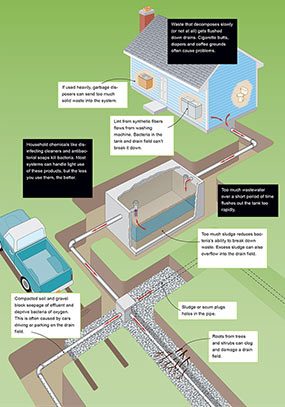
How Does A Septic Tank Work Diy Family Handyman
What Is A Septic System And How Does It Work Wastewater

Pergola Canopy And Pergola Covers Patio Shade Options And Ideas Limpeza De Fossa Tanque Septico Fossa Septica

Septic Tanks And Sewage Treatment Plants What S The Difference
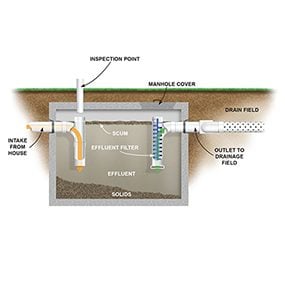
How Does A Septic Tank Work Diy Family Handyman

How Does A Septic Tank Work Diy Family Handyman

How To Solve The Biggest Problems With Septic Tanks And Systems
Sepaerator Applications How To Use A Septic Tank Aerator

How Septic Systems Work Aero Stream Llc Septic Tank Septic Tank Design Septic Tank Systems
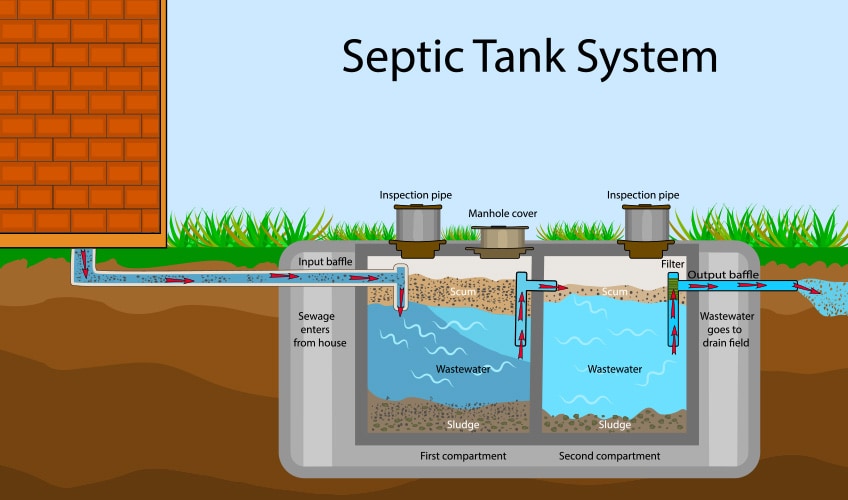
Ultimate Homeowner S Guide To Septic Tank Systems How Often To Pump A Septic Tank
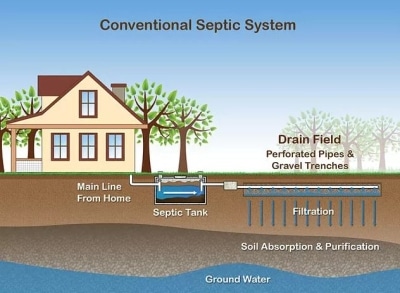
How To Find Your Septic Tank Parobek Plumbing Air Conditioning

Nearly Half Of All Septic Tanks Are Faulty Epa Inspections Show
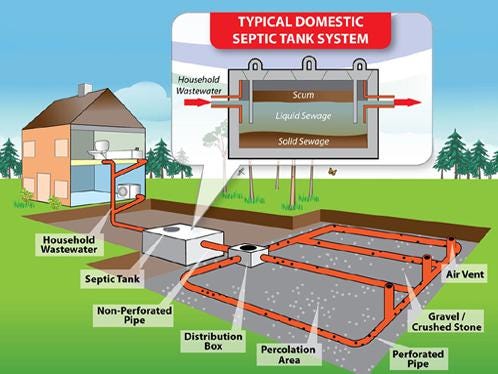
How Septic Tanks Work And When To Empty Them By Waste Disposal Hub Waste Disposal Hub Medium

How Does A Septic Tank Work Diy Family Handyman
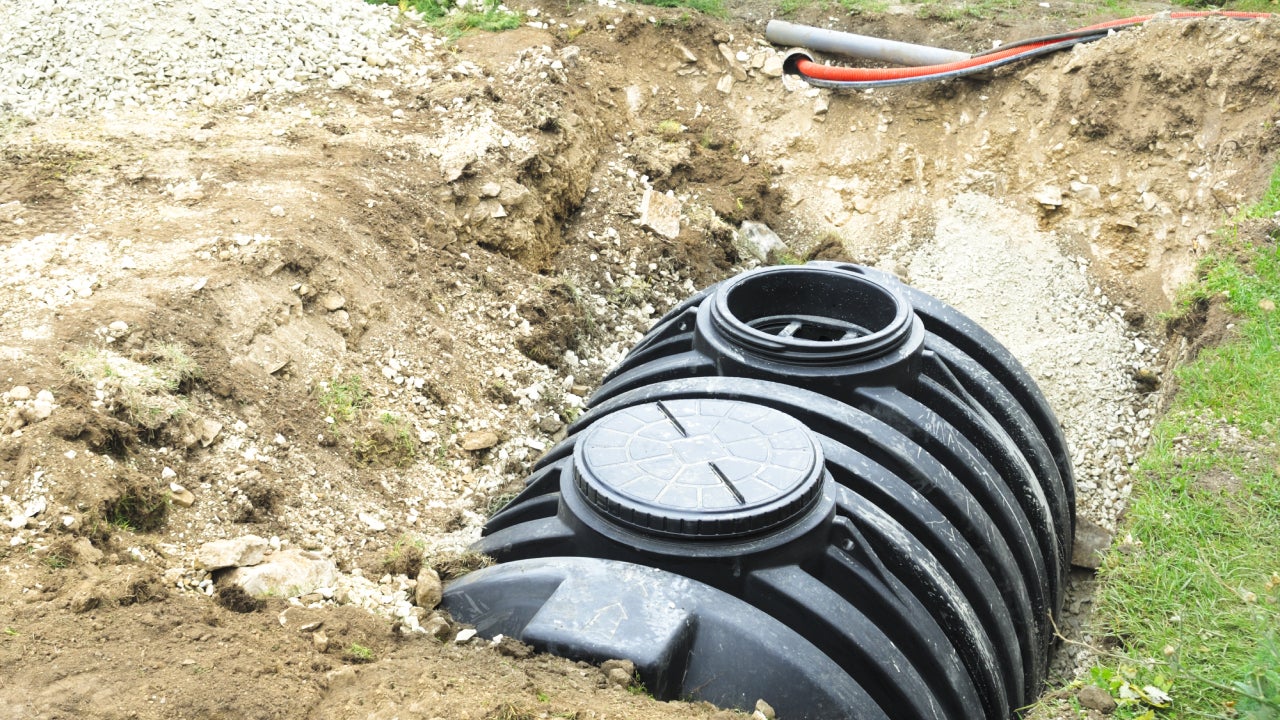
Does Homeowners Insurance Cover Septic Tanks Bankrate
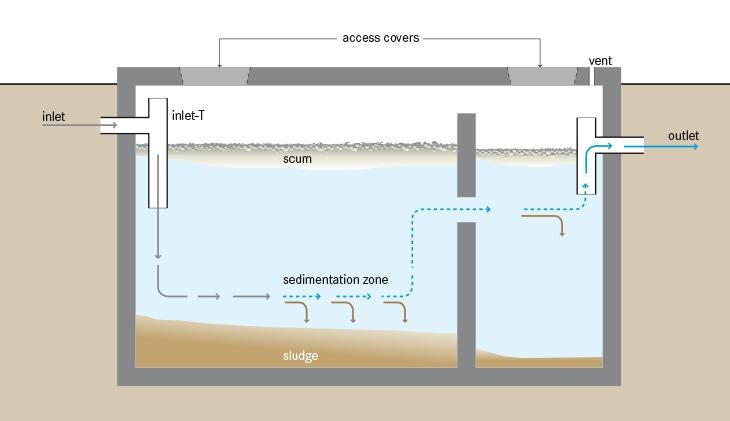
How Septic Tanks Work And When To Empty Them By Waste Disposal Hub Waste Disposal Hub Medium

Management Options For Dwwts Sludge Water Treatment System Septic Tank Sewage Treatment